An anal fistula is an unnatural connection between the anal canal and the nearby skin. It can develop as a consequence of abscess in this area. The problem with anal fistulas is that they cannot heal on their own, but the patient needs to be operated. Only this way artificial openings can be closed and problems such as feces leakage or chronic inflammation of the tissue around the fistula can be prevented.
Surgical Procedure for Anal Fistula
During the surgery, the roof of the fistula is cut, which leads to the formation of a trench. This trench is left, and it spontaneously heals within a month or two. Some patients are discharged right after the procedure, while others need to be hospitalized for several days.
Before the operation the patient is advised to quit smoking and, if necessary, to lose weight. The surgeon has to be familiar with all the medical conditions the patient is suffering from.
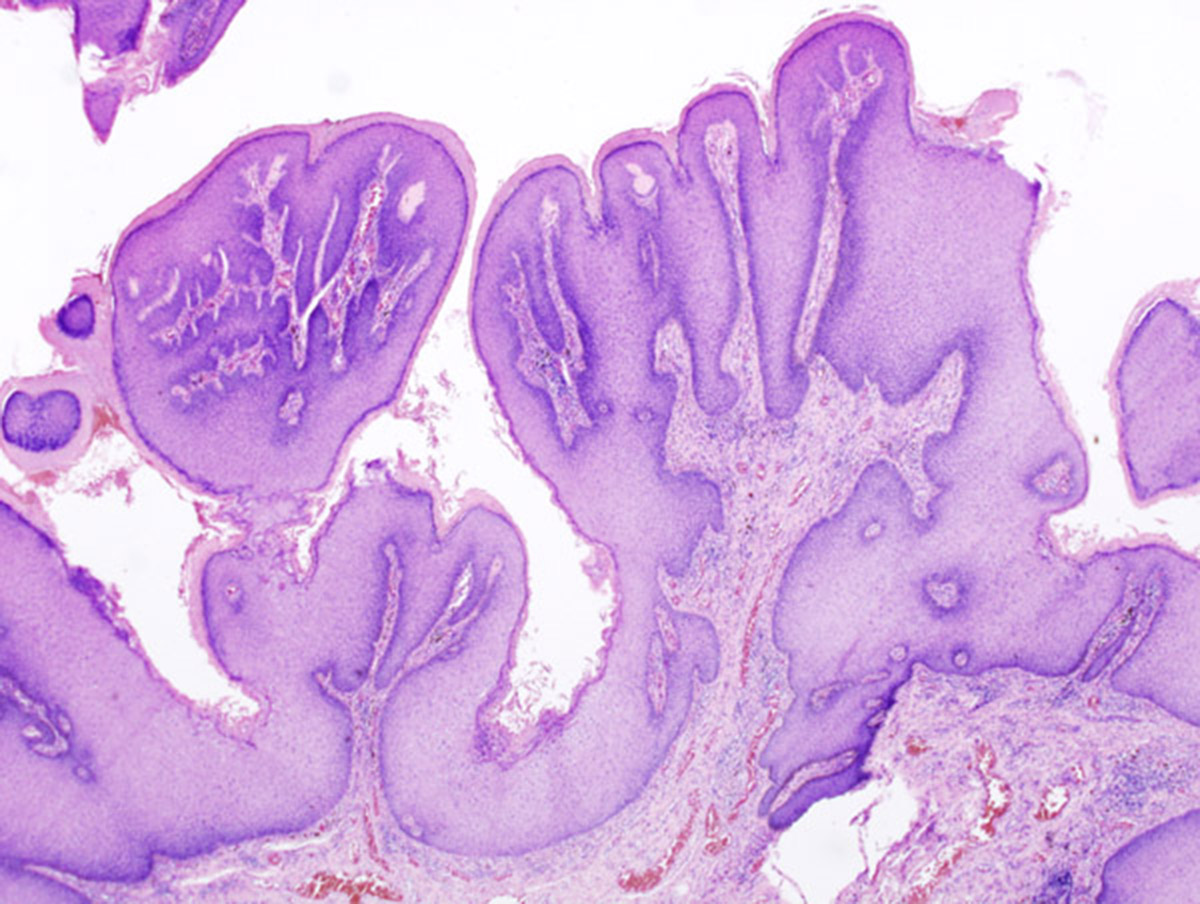
Additionally, the patient needs to report if he/ she takes any medications. Drugs that are taken regularly can interact with specific anesthetics, and there can be certain consequences. If a patient is allergic to any drugs, he/ she must report this as well. Apart from the previously mentioned, the doctor will perform blood and urine tests to examine the heart and the lungs and establish whether they function properly or if certain functional difficulties may interfere with the surgical procedure.
Postoperative Period and Complications
The wound will be covered with a sterile dressing. The dressing will absorb eventual blood or yellowish discharge whose presence is normal after this type of operation. The discharge can linger for a few weeks, and there is no need for patients to worry except if the discharge becomes abundant and they notice inflammation around the operated area. This may point to infection. Still, the patients are administered antibiotics which prevent potential postoperative infections.
Patients can complain about the pain, which can intensify during defecation or changing of positions. The pain will eventually disappear, and the patients are helped with painkillers.
Administration of anesthetics can lead to a feeling of drowsiness, and some people can develop allergic reactions to certain anesthetics.
In some patients, complications can be related to already coexisting medical conditions, which can influence the process of wound healing.
Patients can also experience unpleasant scaring of the wound. This complication is only aesthetic. Still, if the process of scaring affects nearby structures, there is a chance of functional problems. Some patients may experience difficulties with urination, and they can also suffer from involuntary passing winds. Constipation is another possible complication.
And finally, in some cases, fistula may reoccur.
- Perianal fistula, if not treated properly will result in one of two terrible complications, recurrence or incontinence. Despite many preoperative investigations that can help to identify the correct anatomy of the fistula, one might face difficult or unexpected intraoperative findings that require wise decisions. Appropriate decisions in such circumstances have a significant impact on the outcome of surgery and the patient' quality of life.
- Difficulties in anal fistula surgery can be related to the anatomy of the fistula or the integrity of the anal canal. In this review, we will attempt to draw a roadmap to be followed if a difficult situation is encountered during anal fistula surgery.
- Probing of the fistulous track is essential to perform the lay open operation. A fistulous track can be difficult to probe if it is narrow, obstructed, kinked or branched. Forcible probing in such cases will result in the creation of a false track or a false internal opening or both. This will very likely result in recurrence.
- The vast majority of anal fistulae are cryptogenic in origin. This means that the fistula starts as an infection in one of the perianal glands that extends to drain itself in the perianal skin. A fistula without an external opening simply presents before external drainage occurs. This problem is uncommon and is not specifically discussed in the literature. In our experience, the majority of fistulae without an external opening are inter-sphincteric fistulae, however, as the pathogenesis implies, any type of cryptogenic fistula can present without an external opening.
- Anal fistula surgery carries an inherent risk of fecal incontinence because part of the anal sphincter is essentially divided in the procedure. The incidence of fecal incontinence after surgery can reach up to 64%. Postoperative incontinence is a function of the anatomy and complexity of the fistula on the one hand, and the adequacy of anal canal function on the other hand. Thus, laying open a high fistula with adequate anal canal function can result in a reduced degree of incontinence than laying open a low fistula with a compromised anal canal. This implies that assessment of the anal canal integrity is very important in anal fistula surgery.





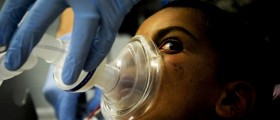
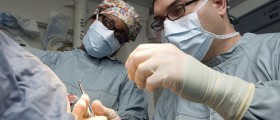

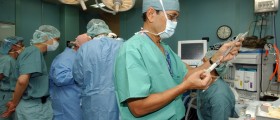

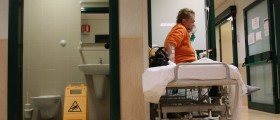


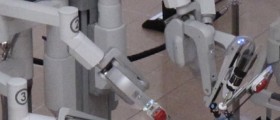



Your thoughts on this
Loading...